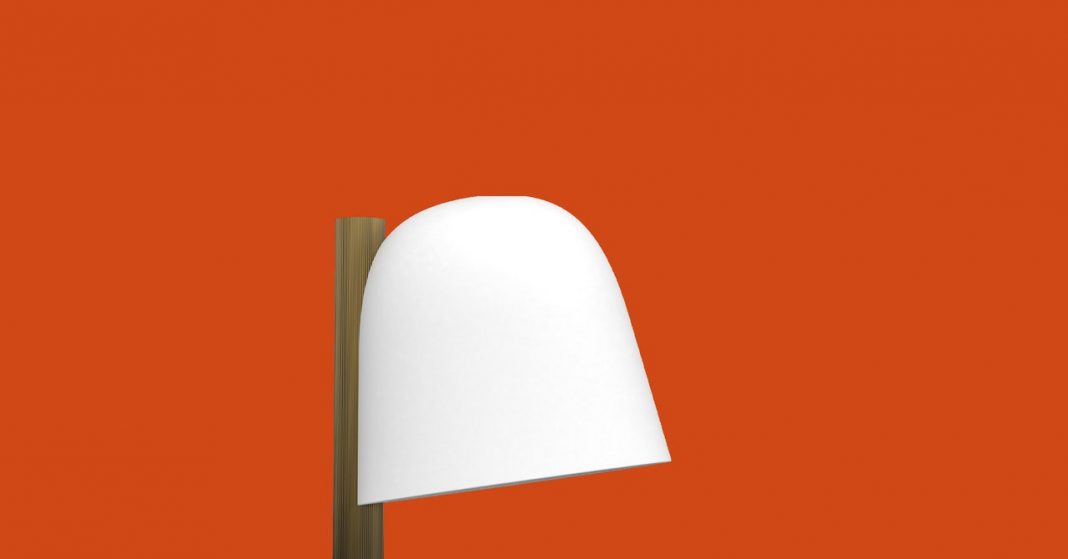Cartier has carved out quite a niche in its 170-odd years in the luxury retail business. It makes jewelry—often very expensive jewelry—and has a long history of sales to royalty. King Edward VII referred to Cartier as “the jeweler of kings and the king of jewelers,” and for his coronation in 1902, he ordered no fewer than 27 tiaras from the company. It’s good, after all, as Prince Harry will tell you, to have spares.
Of course, Cartier’s product line is not one that requires yearly hardware or software updates. Still, tech is in everything these days, and even non-techy fashion brands are eager to keep up with the times. For years now, brands like Gucci and Burberry have been at the vanguard of the luxury sector’s serious flirtation with ecommerce, investing in gaming among other things. Now, Cartier is looking to reinvent augmented reality retail. Not with your usual run-of-the-mill AR, mind. That didn’t come up to scratch for the company. No, Cartier has decided to try and create its own pimped virtual shopping experience.
Photograph: Cartier
An AR try-on program that Cartier calls “the Looking Glass,” created in partnership with software developers Jolibrain and Blue Trail Software, is being tested in a few of its stores across the world. At this initial stage, it lets customers view digital rings that aim to convincingly simulate the real thing sitting on their hands. There are 13 rings available in the Looking Glass program for now, with prices ranging from around $3,000 to $200,000, though Cartier says more are on the way—and, naturally, it is considering branching out beyond rings to cuffs, bracelets, and, yes, possibly watches.
Companies including Ikea and Zenni Optical have AR modes that approximate how their digital products might look in the real world. Gucci released an AR feature for Snapchat that let people try on its shoes. TAG Hauer tested AR watch demos more than a decade ago. However, unlike all those others, Cartier’s AR endeavor is not accessible from the comfort of your phone. It is an in-person, in-store experience only. Despite the era of uncertainty brought on by the pandemic, Cartier is doubling down on getting butts into seats at its retail stores, with the bait being an augmented experience you simply cannot get from the comfort of your own sofa or study.
Cartier has experimented with mixed reality before, of course. In 2019, the company tested out an observation booth that rendered pieces of jewelry as rotating holograms. Clearly, Cartier has an interest in mimicking the presence of its very expensive products. As its wares are made with rare, expensive gems and metals, and are often one-off pieces, the company quite naturally can’t simply FedEx something from store to store, country to country, when a prospective client is interested. When you have to account for armored trucks, armed guards, store security, and the like, transporting such items around the world inevitably takes a lot of resources. However, if you could just make a piece appear in the store—as if by magic—you could save a lot of time, money, and (probably) carbon emissions. Trouble is, to clinch the sale, you’ve got to make the illusion look really good.
Andrew Haarsager, the head of Cartier’s Retail Innovation Lab, sat me down at a desk in Cartier’s San Francisco shop to show me how the tech worked. It is an unassuming setup. The Looking Glass is a lamp, albeit a very stylish lamp, sitting on the corner of a desk. Inside is a camera that throws video to a big iPad sitting beside it. A desktop computer box rumbles quietly on the floor behind the desk, powering the resource-hungry program. The tech uses GAN, or Generative Adversarial Networks, which are commonly used in making deepfake videos.
